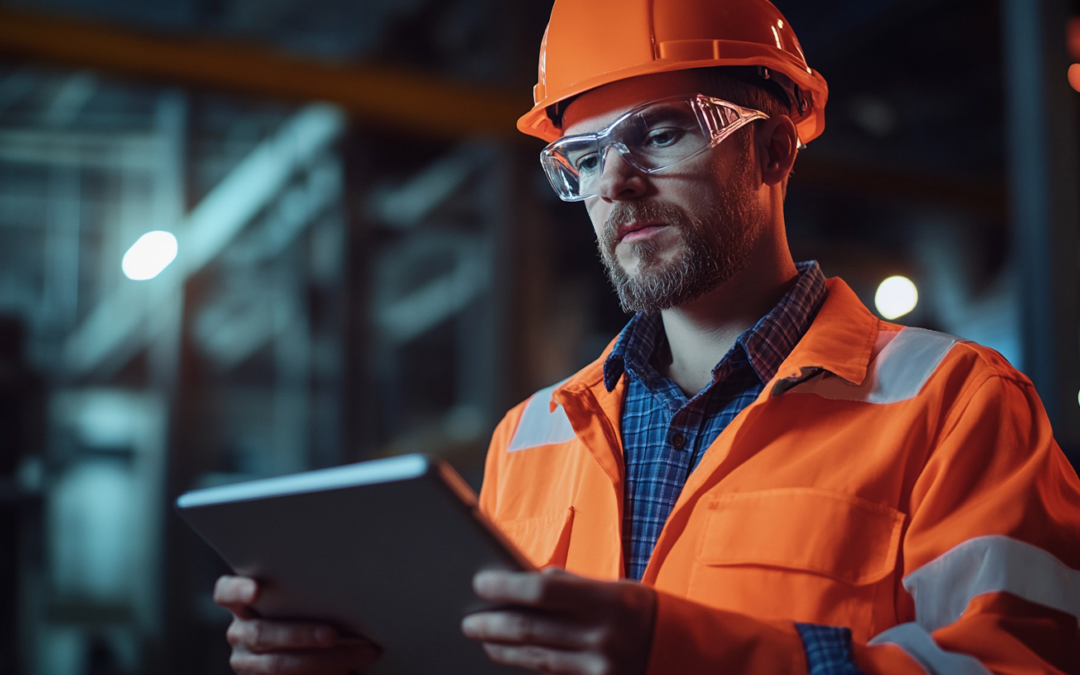Safety audits are a critical part of any high-risk industrial operation. In sectors such as oil, gas, and energy, where the stakes are high, safety can never be compromised. These industries involve heavy machinery, hazardous materials, and complex procedures, all of which require a strong focus on safety compliance. For companies that manage large-scale projects, safety audits are essential in identifying potential hazards, ensuring compliance with industry regulations, and fostering a safe working environment.
At R.O.W. Resources, safety is more than just a priority—it’s a core value embedded in every project we undertake. By conducting regular safety audits, we protect our workforce, maintain the integrity of the project, and ensure that we remain compliant with regulatory standards.
Why Are Safety Audits So Important?
- Hazard Identification
Safety audits are designed to catch potential hazards before they become serious problems. By thoroughly examining all aspects of a job site—equipment, procedures, and working conditions—safety audits identify risks that might otherwise go unnoticed. This proactive approach helps prevent accidents, ensuring that workers are protected and operations run smoothly.
- Regulatory Compliance
Industries such as oil and gas are subject to stringent safety regulations. Failing to comply with these regulations can lead to costly fines, legal liabilities, and damage to a company’s reputation. Regular safety audits help companies stay aligned with industry standards, ensuring that all procedures meet the required regulations. This not only protects workers but also safeguards the company’s interests.
- Improved Efficiency
A safe work environment is an efficient one. When workers feel confident that their workplace is safe, they are more productive, focused, and motivated. Safety audits streamline processes by identifying areas where safety can be improved, leading to fewer disruptions, less downtime, and higher overall efficiency. A well-organized and safe job site allows teams to focus on what they do best—completing the project on time and within budget.
- Risk Mitigation
In high-risk industries, the potential for accidents is ever-present. Safety audits are a critical tool for mitigating these risks. By evaluating every aspect of a project, from the use of machinery to the implementation of safety protocols, audits help minimize the likelihood of accidents and equipment failures. This proactive approach to risk management protects not only workers but also the long-term success of the project.
How R.O.W. Resources Conducts Safety Audits
At R.O.W. Resources, we take a comprehensive approach to safety audits. Our experienced teams conduct thorough reviews of each job site, evaluating equipment, procedures, and working conditions to ensure that all safety protocols are being followed. We also engage in regular training programs to ensure that our workers are up to date on the latest safety standards and practices.
- On-Site Inspections
Our safety audits involve hands-on inspections of equipment and operations. We look for any signs of wear and tear, assess how machinery is being used, and ensure that all safety protocols are being followed to the letter. - Safety Training and Compliance
Safety audits aren’t just about finding problems—they’re about educating teams. At R.O.W. Resources, we make safety a shared responsibility by offering ongoing training for our teams. By regularly updating our workers on the latest safety standards, we create a culture of safety that permeates every project.
Conclusion
In high-risk industries, safety audits are essential to ensuring that operations run smoothly, efficiently, and without incident. At R.O.W. Resources, we take pride in our commitment to safety. Through regular safety audits, we identify risks, maintain compliance, and protect both our workforce and our clients’ projects. By prioritizing safety, we build trust with our clients and ensure the long-term success of every project we undertake.

